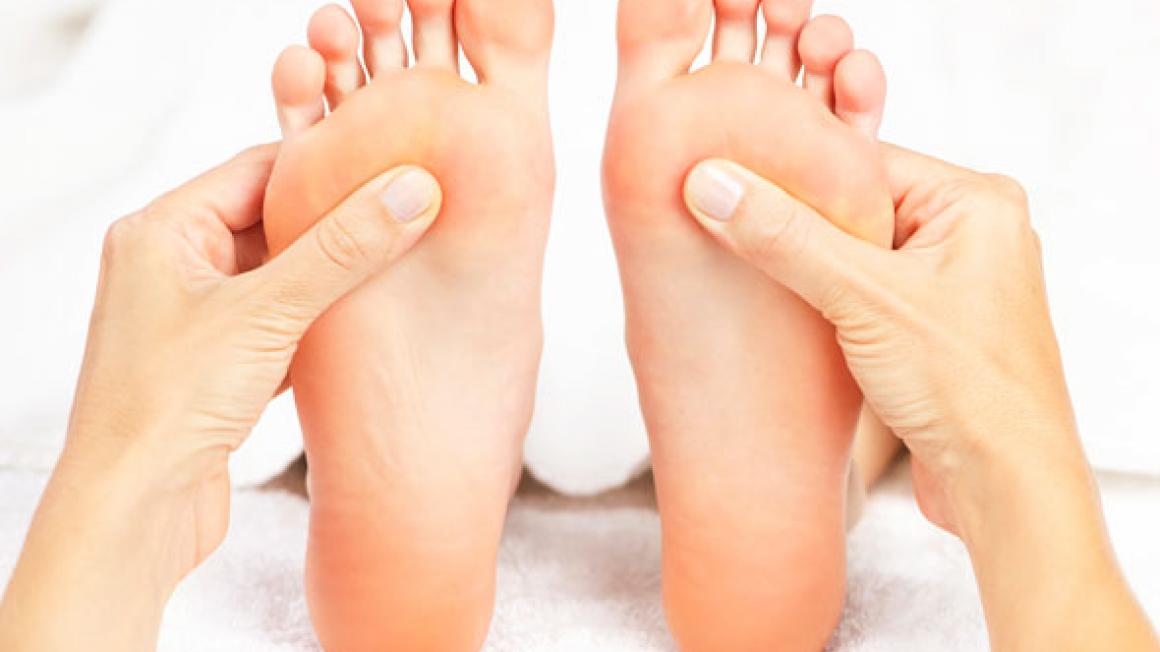Dr James Le Fanu: 28 February
Two developments in recent years have prompted a much greater interest in the biomechanics of the foot – the enthusiasm for jogging and the punishing training regimes of professional athletes exposing it to forces even its resilient structure is unable to sustain. A marathon runner, for example, hits the ground with his heel with a force three to four times his body weight – 800 times every mile. Joggers are prone to stress fractures of the small bones in the foot; footballers develop hallux rigidus from repeatedly stubbing the toe on the ball and so on. The possibilities for injury are considerable and may require specialist knowledge of the anatomy of the foot to put right.
Next there is the expectation that the variety of congenital defects of the foot can be corrected surgically. ‘Children referred to orthopaedic clinics with foot problems – or parental anxiety about a child’s feet – exceeds all other referrals’, notes a consultant surgeon at London’s Great Ormond Street Hospital.

Many, it turns out, have nothing wrong with their feet – well illustrated by the problem of flat-footedness, which falls into two main categories. Most have no symptoms and the feet are fully mobile. Here, he observes, ‘the position must be carefully explained to often anxious parents that their children’s feet are normal’. But when the feet are painful or stiff or there is some muscular abnormality, then a careful examination leading to a corrective treatment is essential.
This week’s medical query comes courtesy of a lady from Bath much troubled with earwax such that she cannot hear the doorbell, engage others in conversation or speak on the phone. The difficulty is that she is practically housebound and unable to get to the doctor’s surgery – and thus must rely on the district nurse to visit and syringe her ears. What else, she wonders, can she do?
There are two possibilities: to use Otex drops on a regular basis as a preventive measure against the accumulation of wax. It is worth considering practising with a do-it-yourself device for syringing out the wax – such as AcuLife, which can be purchased on Amazon. There is an excellent article on self-treatment by specialist James Stevermer, which can be downloaded from the internet: www.ncbi.nlm.nih.gov/pmc/articles/PMC3273968
TIPS FOR BACK PAIN
An ice pack – or bag of frozen vegetables wrapped in a clean towel – can usefully relieve the muscle spasm in those troubled by back pain. Subsequently it can help to alternate heat and cold in the following manner.Two towels should be wrung out, one in hot water and one in cold; the hot towel should be applied to the painful area for three minutes, followed by the cold towel for one minute. This should be done for about 20 minutes, a couple of times a day.
Email drjames@lady.co.uk



